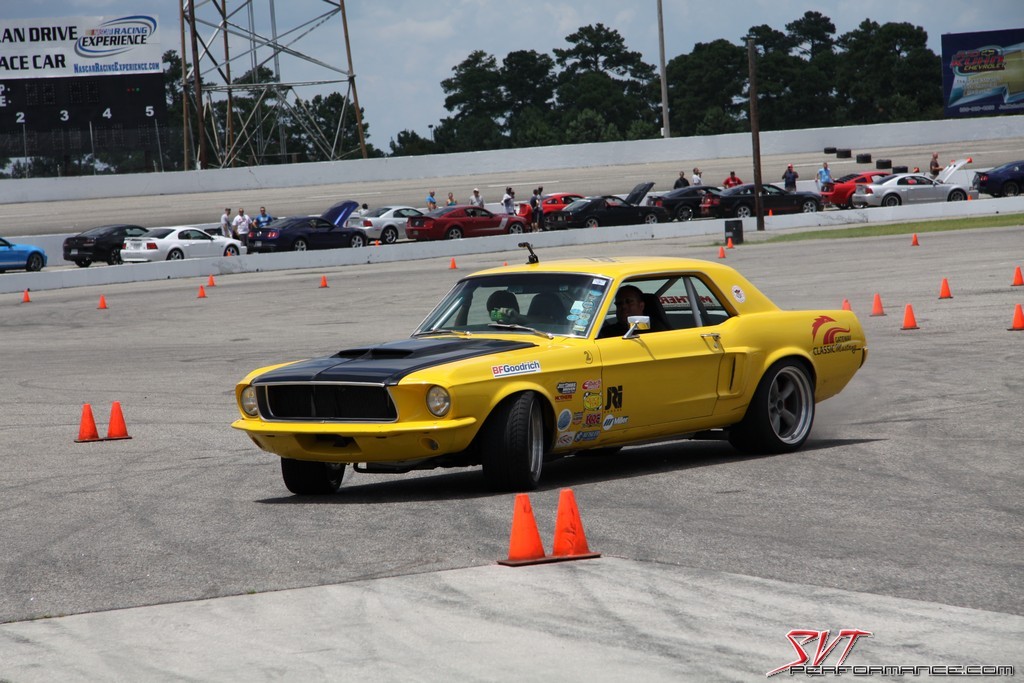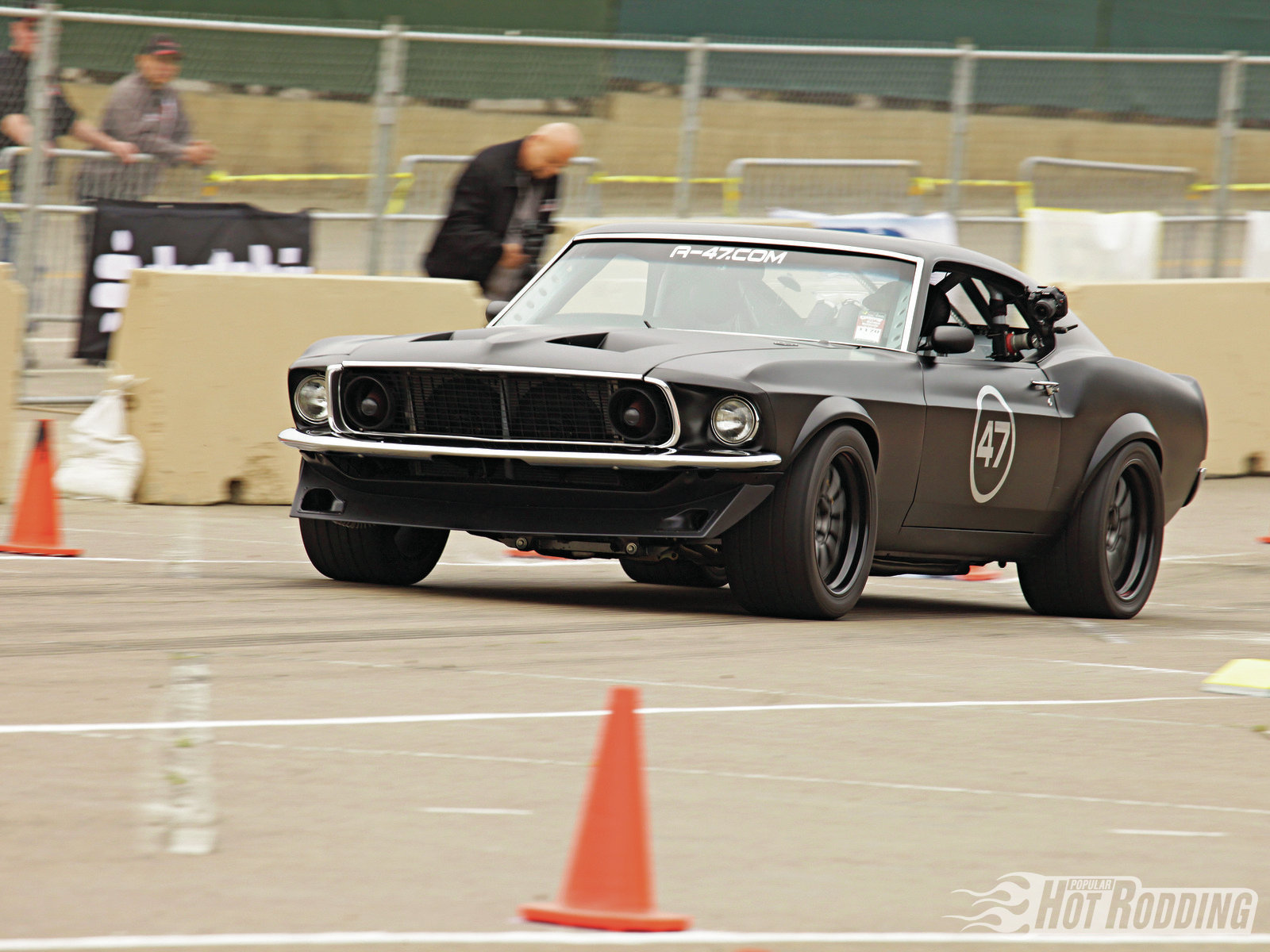Going Autocross: PAX Scoring –or– HOW DID THAT FIESTA BEAT MY MUSTANG?

Autocross is a timed form of racing that allows drivers of various skill sets and cars to compete in a similar environment; however, there is also a way for drivers to compete against one another in separate classes. How is that done if drivers are in cars that are faster and have more experience? Welcome to the wonderful world of PAX Scoring.
Well, it’s actually not known as PAX Scoring anymore. PAX stood for Professional Autocross, with the “X” as the short term for “cross”. While many older drivers and clubs will still call it PAX, it’s actually now known as the Racer’s Theoretical Performance (RTP) index. It is a multiplier that is summed into the time drivers turn in that will give the score for all drivers overall.
How is this done? Where does the multiplier come from, or how is it created? The RTP index was first created by Rich Ruth, and is still created by him each year for the SCCA. He takes the results from the previous year from over 500 nationwide solo events, including the SCCA Solo National Championships, and compares the times from all classes to one another. From there, a multiplier is created for each class to create a way to compare every class to another, and figure out who gets points across every class.
When you are done with your run, it is then multiplied with the RTP for your class. For instance, if your kid is looking to compete this year in Formula Junior C (JC), the slowest class in SCCA Solo, your multiplier would be .741, while A Modified, the fastest class in SCCA Solo, has a multiplier of 1.000.
Let’s do an example. If you’re racing your stock S-197 Mustang, you would be classed F Street and your multiplier would be 0.818. If you turn in a time of 59.000 seconds, your RTP would be 48.262. Now let’s say a stock Ford Fiesta ST shows up and turns in a time of 59.80 seconds and is classed G Street. Its RTP would be .806, so its overall score would be 48.198, thereby beating you thanks to the RTP handicap, despite actually being .80 seconds slower by actual time. Now, if the guy in that A Modified car turns in a time of 49.00 seconds, you both beat him by just under a second by RTP, so it has its advantages.

Here is a table of the current PAX Times for the 2014 Solo season:
AS 0.833 ASP 0.866 BP 0.881 BM 0.965
BS 0.831 BSP 0.863 CP 0.864 CM 0.922
CS 0.821 CSP 0.861 DP 0.879 DM 0.920
DS 0.815 DSP 0.855 EP 0.876 EM 0.926
ES 0.814 ESP 0.849 FP 0.883 FM 0.924
FS 0.818 FSP 0.839 GP 0.850 FSAE 0.989
GS 0.806
HS 0.797 STF 0.801 SM 0.870 KM 0.957
STC 0.824 SMF 0.851 JA 0.880
SSR 0.860 STS 0.829 SSM 0.882 JB 0.842
ASR 0.848 STR 0.838 JC 0.741
BSR 0.845 STX 0.827
CSR 0.834 STU 0.846
DSR 0.825
ESR 0.828
FSR 0.830
GSR 0.812
HSR 0.804
